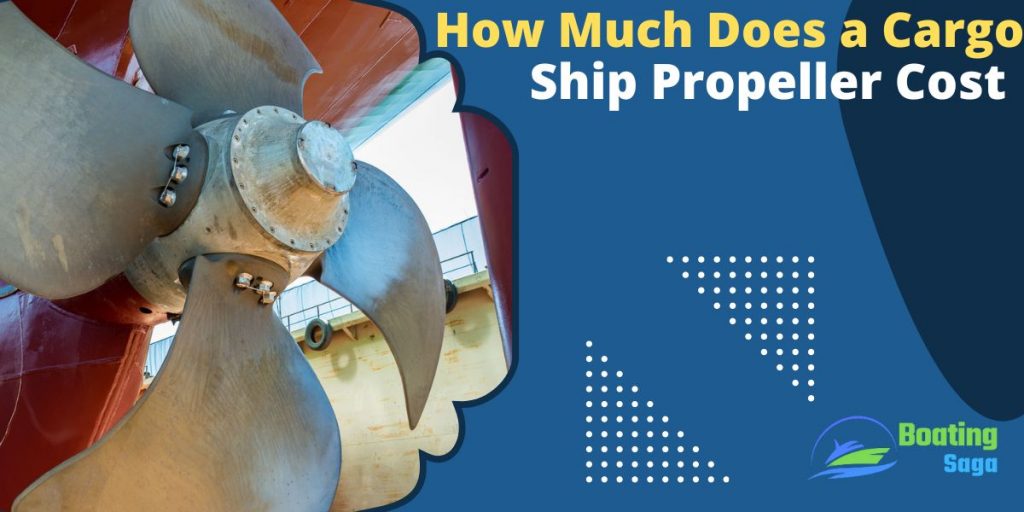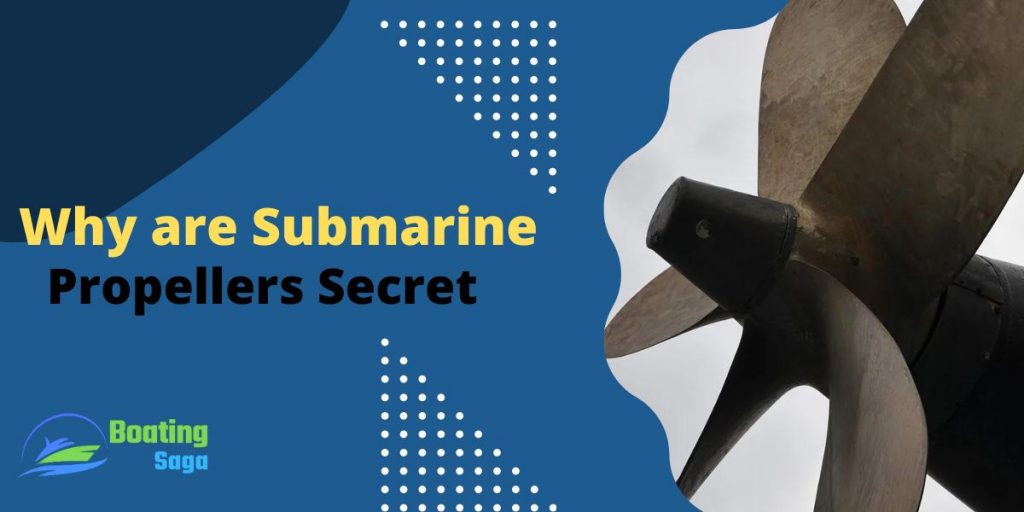
Submarine propellers are a closely guarded secret. The United States Navy has even classified the dimensions of the propellers on its submarines.
Why are Submarine Propellers Secret?
The level of secrecy is necessary in order to protect the submarines from being compromised by enemies. The secrecy surrounding submarine propellers extends beyond just their design and construction because submarines rely heavily on their propellers to stay undetected by enemy radar and sonar systems.
There are several reasons for this secrecy
The first reason is that submarine propellers are extremely delicate and can easily be damaged. If the enemy knows the size and shape of the propellers, they can create designs that specifically target these weak points.
The second reason is that submarine propellers play a key role in the submarines’ stealth capabilities. If the enemy knows how the propellers are shaped, they can create sonar signals that are more likely to detect the submarines.
The third reason is that submarine propellers consume a lot of power and generate a great deal of noise. If the enemy knows how they are shaped, they can develop strategies to minimize their impact on submarines’ operations.
What is a submarine propeller called?
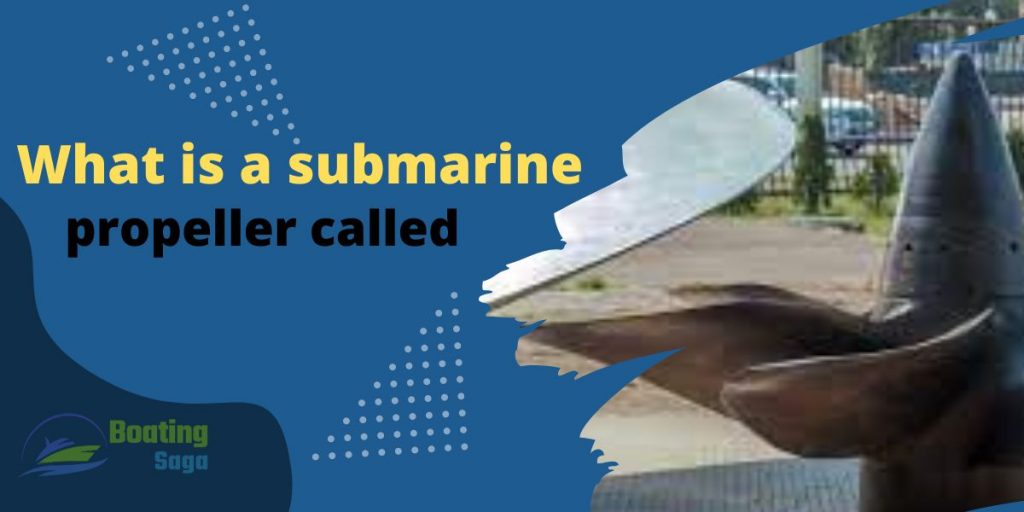
A propeller on a submarine is also called a prop. It is a device that helps the submarine move through the water. The prop creates thrust, which pushes the submarine forward. There are several different types of props, including:
–Paddle wheel props: These props have blades that look like paddles. They are often used on older submarines.
– Shrouded propellers: These propellers are enclosed in a shroud, or casing. This helps to protect them from damage.
– Controllable pitch propellers: These props can be adjusted to create more or less thrust, depending on the needs of the submarine.
Is there a propeller difference between a submarine and a surface ship?
The blades of a submarine propeller are curved so that they can cut through the water and create thrust.
Submarine propellers are designed to move the vessel through water while creating as little noise as possible. They often have a more complex blade design to help reduce noise and are also usually made from a different material than surface ship propellers. This is because submarines need to be able to sneak up on their prey without giving away their location.
Surface ship propellers, on the other hand, are larger and more visible, but also more efficient at pushing the ship through the water and are designed for speed and maneuverability. They typically have fewer blades and are made from a harder material so they can withstand more wear and tear.
Why are submarine propellers so important for stealth?
Submarine propellers are responsible for the stealth capabilities of submarines. They create little to no noise and can help a submarine avoid detection by sonar. In order to make a submarine as stealthy as possible, the shape and size of the propellers is important. The blades must be shaped to minimize turbulence and create less noise. The size of the propeller also affects how stealthy a submarine is. A large propeller will create more noise and turbulence than a small one.
A short history of submarine propellers and how they’ve evolved
Submarine propellers have come a long way since their invention in the early 1800s. Early submarines were propelled by hand-cranked propellers, which were extremely inefficient and required a lot of manpower. In the 1870s, electric motors were introduced to submarines, which made them much faster and more maneuverable. However, the electric motors were still powered by steam engines, which limited their range and endurance.
In the early 1900s, diesel engines were introduced to submarines, which allowed them to travel further and stay submerged for longer periods of time. However, the diesel engines were still powered by electric motors, which resulted in a lot of power being wasted. In the 1950s, submarine designers began to experiment with nuclear power plants, which eliminated the need for electric motors and prop and allowed submarines to travel at high speeds for extended periods of time.
How many blades does a submarine propeller have?
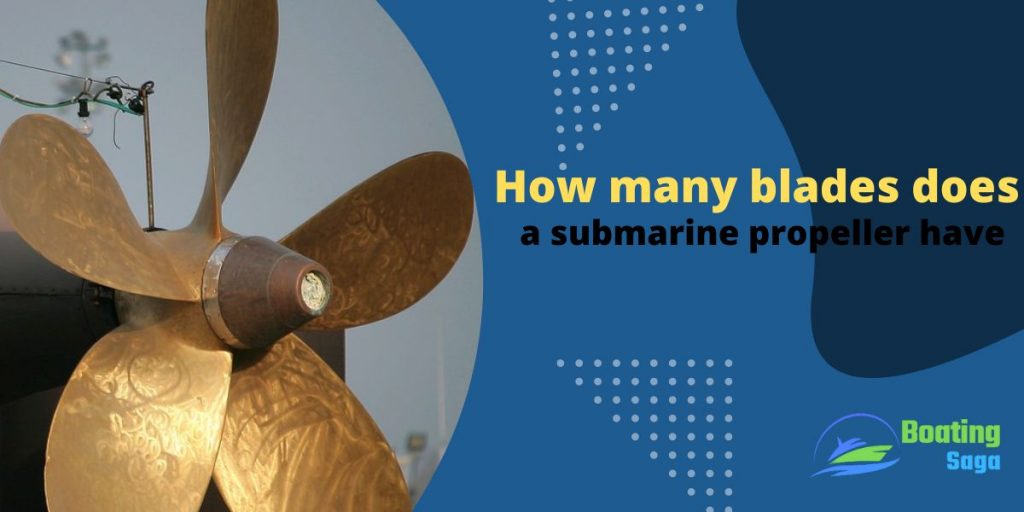
Submarine propellers are a marvel of engineering. They must be strong enough to push a submarine through the water, yet lightweight so they don’t slow the submarine down. Most modern submarine propellers have between four and six blades. Some older submarines have propellers with only two blades, while some new submarines have seven or eight blades. The number of blades on a submarine propeller is determined by the needs of the specific submarine.
How many propellers are on a submarine and what are the benefits of a submarine with two propellers?
Submarines come in all shapes and sizes, but one commonality among them all is the number of propellers they have. How many propellers are on a submarine? Most submarines have two propellers, but there are some that have more or less. The benefits of a submarine with two propellers are many.
The first benefit of having two propellers is that it creates more thrust for the submarine. This means that the submarine can move faster and maneuver better in the water. Second, two propellers create more stability for the submarine. This is important because it keeps the submarine from flipping over when it moves through the water at high speeds. Finally, two propellers create more torque, which allows the submarine to turn more quickly.
How big is a submarine propeller and what are submarine propellers made of?
Submarine propellers are a vital part of the vessel, and come in a range of sizes. The size of the propeller is important for two reasons – the amount of thrust it can produce, and the ability to manoeuvre in tight spaces. Most submarine propellers are around 3-4 metres in diameter, but they can be as large as 8 metres.
The materials used to make submarine propellers vary, but they typically consist of a metal such as steel or aluminium. The blade shape and design is also important, as it affects how the propeller cuts through the water and creates thrust.
Why do submarine propellers not cavitate?
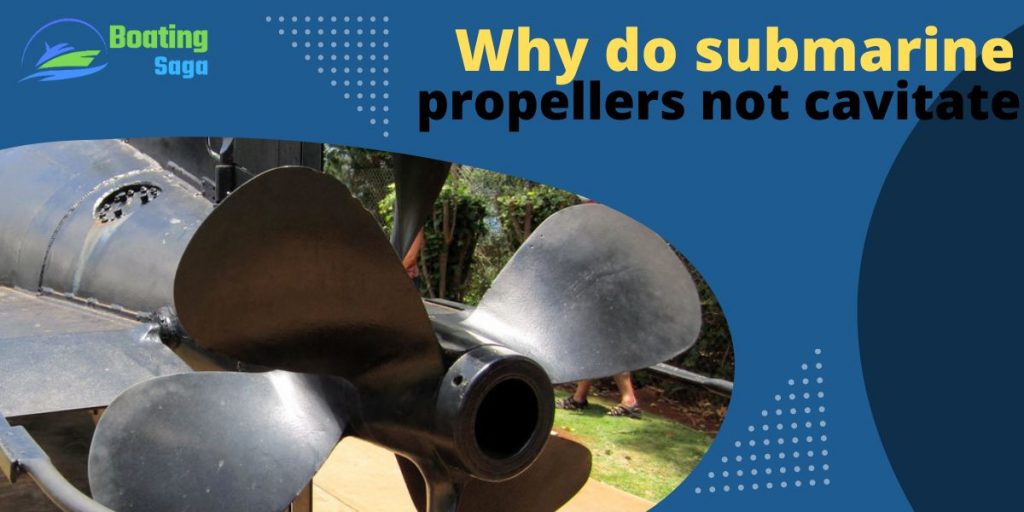
The most important thing that happens when the propeller moves through the water is something called cavitation. Cavitation is when bubbles form in the wake and then collapse. When the bubbles collapse, they create a shock wave that can damage the propeller. This damage can include pitting of the metal surface, erosion of the blades, and even complete destruction of the propeller.
The main reason submarine propellers do not cavitate is because they operate in a low-pressure environment. The pressure of the water around the submarine is enough to prevent the formation of bubbles. In addition, the blades on a submarine propeller are designed to minimize the risk of cavitation.
Do nuclear powered subs have propellers and how much does a submarine propeller weigh?
Do nuclear submarines have propellers? The answer is both yes and no. There are a number of nuclear-powered submarines in the world that do not have propellers. These vessels typically use a form of electric propulsion known as a “pump jet”. However, there are also many nuclear submarines that do have propellers.
Nuclear submarines do not rely on traditional diesel-electric propulsion systems like surface ships do. Instead, they use a nuclear reactor to generate heat which powers a steam turbine that in turn drives the propellers.
How much does a submarine propeller weigh? This question is a bit more difficult to answer. The weight of a submarine propeller varies depending on its size and design. However, on average, a submarine propeller weighs around 50 to 100 tons.
What are the consequences of a submarine propeller failure?
A submarine propeller is a large, rotating blade that helps a submarine move through the water. It is an important piece of machinery, and if it fails, the consequences can be disastrous.
If a submarine propeller fails, the submarine can become stuck in the water and unable to move. This can make it difficult for the submarine to escape from an enemy or to avoid danger.
If a submarine propeller fails while the submarine is moving, it can cause the submarine to lose control and crash into objects in the water. This could damage the submarine and injure or kill the passengers.
If a submarine propeller fails while the submarine is submerged, it can suck in large amounts of water and cause the submarine to sink. This could lead to loss of life or serious injury.
A failed propeller can also damage sensitive equipment on board the submarine, leading to expensive repairs.
What is the future of submarine propellers?
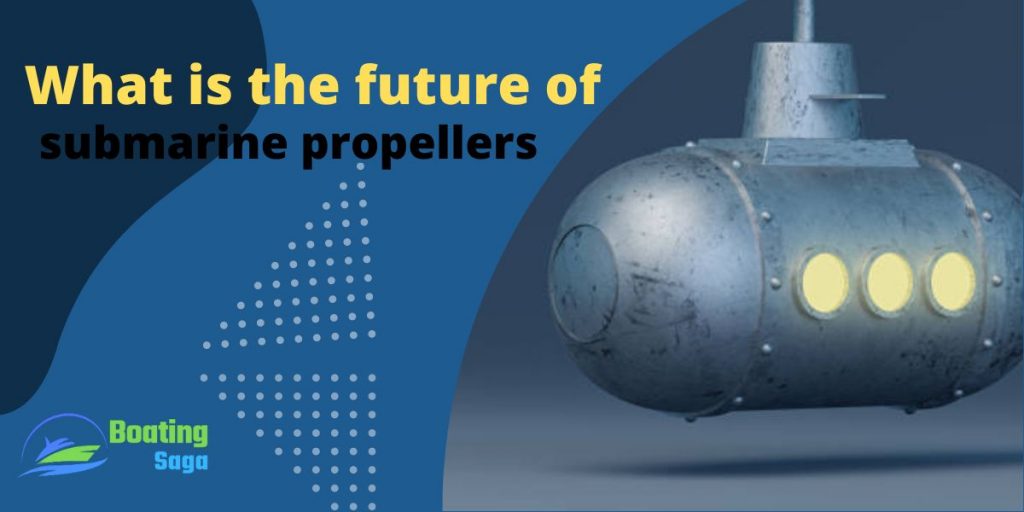
The future of submarine propellers is shrouded in uncertainty. However, there are a few possible scenarios that could play out.
One possibility is that submarines will continue to use traditional propellers. This would mean that they would be limited to travelling at speeds of around 20 knots.
Another possibility is that submarines will start using advanced propulsors such as electric drives or air-independent propulsion systems. These technologies could enable submarines to travel at speeds of up to 50 knots.
The third possibility is that submarine propellers will eventually be replaced by jet engines. This would allow submarines to travel at speeds of up to 300 knots. However, this technology is still in its early stages and it is unclear whether it will be feasible in the long term.
Finally, there is also the possibility that advances in autonomy and artificial intelligence could allow submarines to operate with greater precision and efficiency. While it is impossible to know exactly what the future of submarine propellers will hold, these are some potential developments that could have a significant impact on the industry.
Conclusion
Submarine propellers are a secret because they are a key part of the submarine’s operation. They are essential for submarines to move through the water and remain undetected. If the enemy knows the location and specifications of a submarine’s propellers, they can create a plan to destroy them. For this reason, submarine propellers are one of the military’s best-kept secrets.


